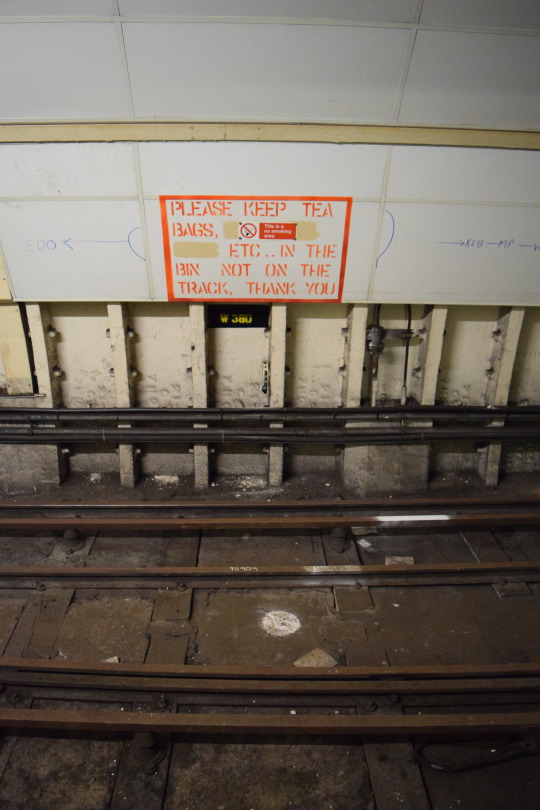
Silver Dollar Liquor

One of the shattered windows of St Andrew’s Church, Tottington, Norfolk, largely cut off from the rest of the world since 45 square miles of Norfolk countryside (the Stanford Training Area) was requisitioned for military training in 1942. St Andrews is one of four churches which still sit inside the battle training area, much of it used for live firing. Access is only possible on special tours (I went with the Norfolk Churches Trust) when the guns go quiet during the lambing season. More from Tottington below and reports from the other three churches to follow.

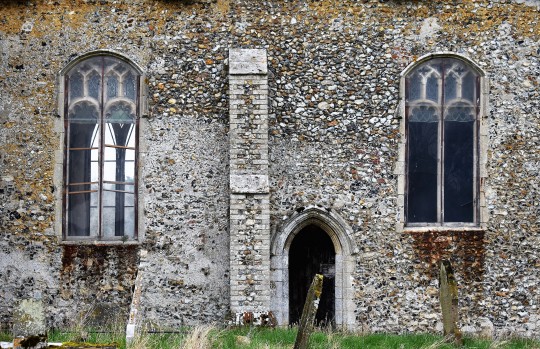
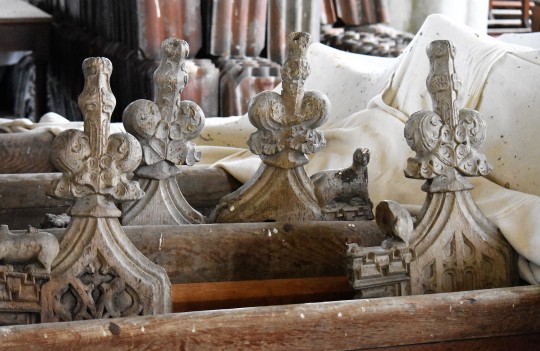
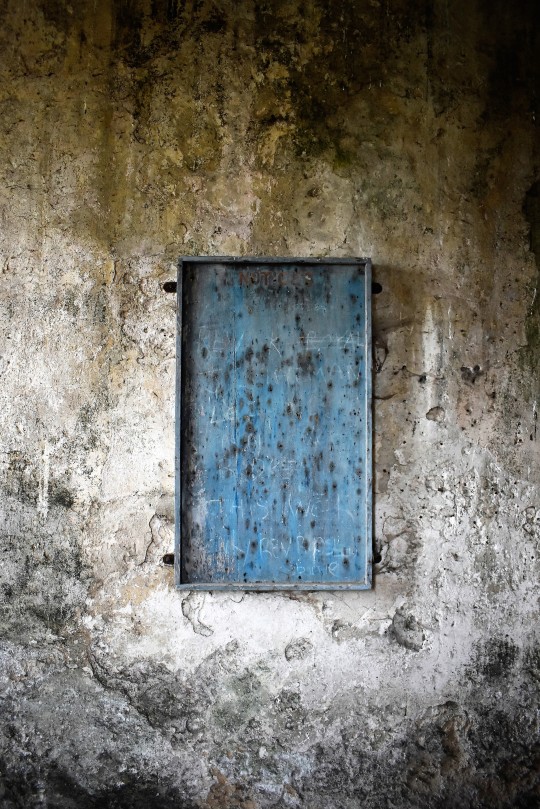


One of the shattered windows of St Andrew’s Church, Tottington, Norfolk, largely cut off from the rest of the world since 45 square miles of Norfolk countryside (the Stanford Training Area) was requisitioned for military training in 1942. St Andrews is one of four churches which still sit inside the battle training area, much of it used for live firing. Access is only possible on special tours (I went with the Norfolk Churches Trust) when the guns go quiet during the lambing season. More from Tottington below and reports from the other three churches to follow.
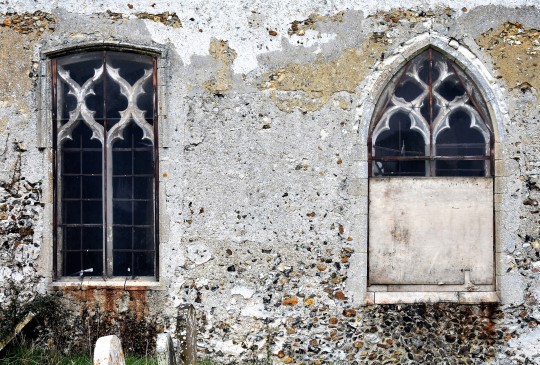




Norway seems rather short of ghostsigns, so it was a treat to stumble across the Electric Blue Cafe, near Ramberg in the Lofoten Islands.
Norway seems rather short of ghostsigns, so it was a treat to stumble across the Electric Blue Cafe, near Ramberg in the Lofoten Islands.
Metaline Falls, Washington, USA
Metaline Falls, Washington, USA

More images from the outer reaches of the Post Office’s abandoned underground railway. While Mail Rail will open as a tourist attraction this summer at Mount Pleasant, the rest of the network lies unused and, now, pretty much unusable. Original report here. Above, the conveyor system at Liverpool Street designed to carry mail sacks from below ground to the mainline station platforms.
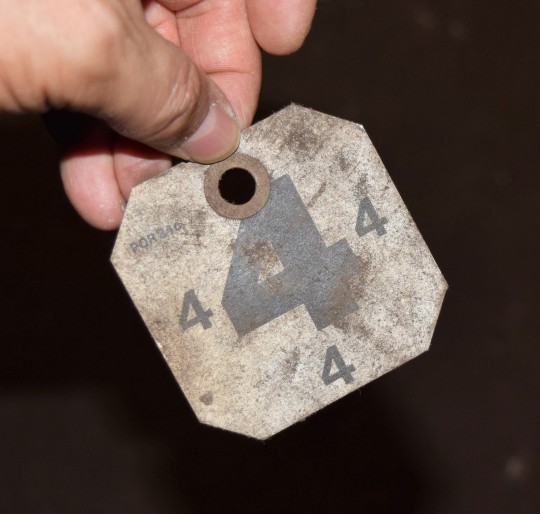
Mail sack identity ticket.
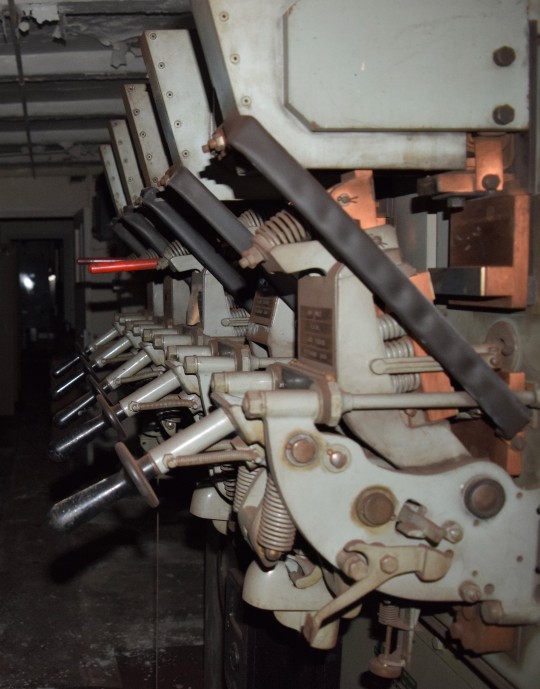
Some of the vast amount of electrical switchgear located at each station to manage the track power supply.
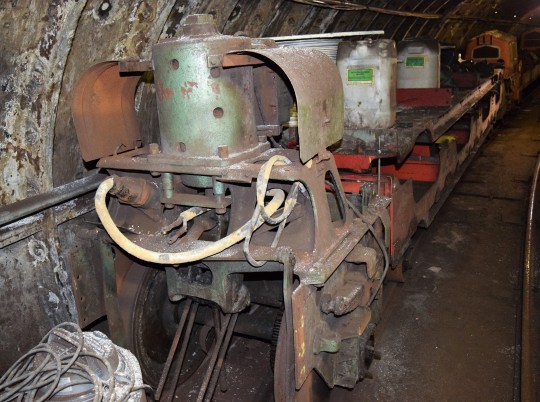
Above, an experimental vacuum cleaning train, designed to rid the tunnels of dust. Apparently it only succeeded in creating vast clouds of the stuff and has sat in this siding since, along with the locomotive unit below.
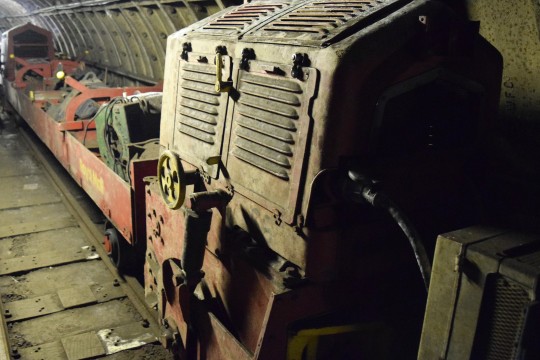

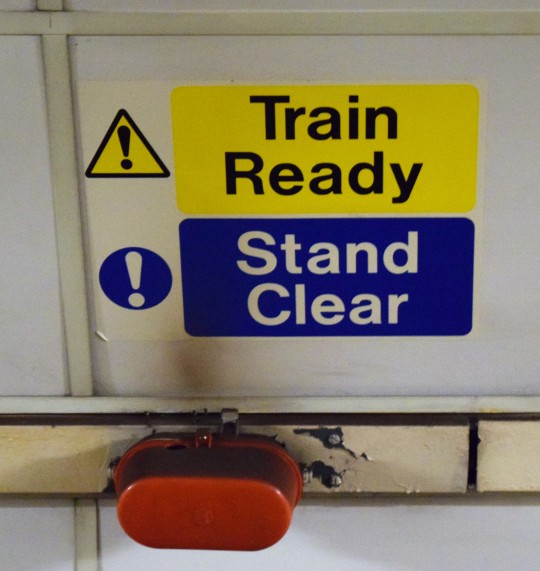

More images from the outer reaches of the Post Office’s abandoned underground railway. While Mail Rail will open as a tourist attraction this summer at Mount Pleasant, the rest of the network lies unused and, now, pretty much unusable. Original report here. Above, the conveyor system at Liverpool Street designed to carry mail sacks from below ground to the mainline station platforms.

Mail sack identity ticket.

Some of the vast amount of electrical switchgear located at each station to manage the track power supply.

Above, an experimental vacuum cleaning train, designed to rid the tunnels of dust. Apparently it only succeeded in creating vast clouds of the stuff and has sat in this siding since, along with the locomotive unit below.

